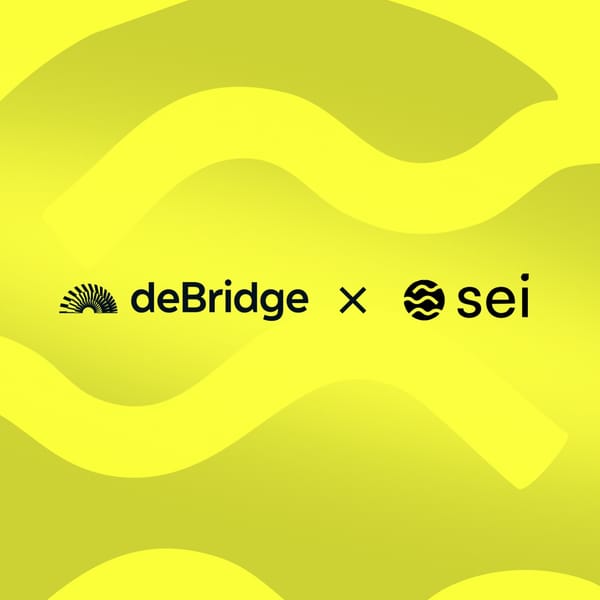deBridge is taking an engineering-first approach and is focused on building long-term relationships with builders, bringing them in on our mission to build DeFi’s internet of liquidity.
Today, the deBridge API, deBridge Widget, our dePort custody solution, and IaaS framework, are being used by ecosystems and multichain builders giving
